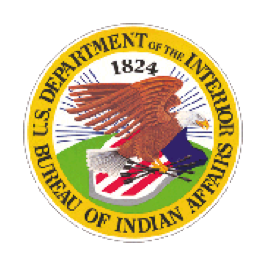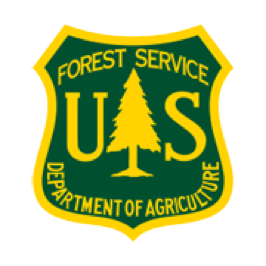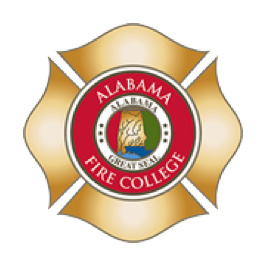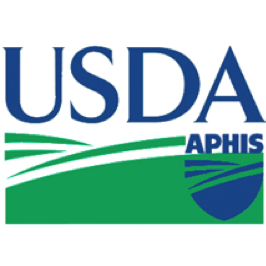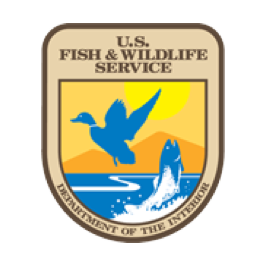Cooperation Key to Restoring Wildlife Migrations
GRAND JUNCTION, Colo. — Wildlife migrations are a part of the American West’s lore and history, but many of those centuries-old passages are now obstructed by the trappings of modern civilization.
There is new optimism renewed cooperation between state and federal agencies can identify and preserve seasonal migration routes in Colorado and other states.
At a virtual forum, people from public, private and native conservation groups discussed the need for joint programs and renewed funding.
Dan Gibbs, executive director for the Colorado Department of Natural Resources, said while humans are keenly aware of borders and boundaries, migrating animals don’t care.
“Just like wildfires don’t know the difference between federal, state, private, tribal lands, wildlife don’t know the difference either,” Gibbs pointed out. “So, we really need to have a better-coordinated effort between all different land managers.”
Participants cited a 2018 federal order on cooperation between federal and state officials as the key to opening blocked routes and constructing passageways to allow migrating species to bypass hazards like highways and rail lines.
Part of the optimism is driven by the Biden administration’s renewed interest in protecting wildlife and endangered species.
Lesli Allison, executive director of the Western Landowners Alliance, said getting buy-in from property owners is essential to any agreement.
“In the end, the economics are going to determine the fate of these places,” Allison acknowledged. “And we’ve got to be able to place sufficient value on the things that we want to conserve, that it’s economically feasible to conserve them.”
Julie Thorstenson, executive director of the Native American Fish and Wildlife Society, noted tribal interests, which have been excluded from past agreements, must be part of any future solution.
“Tribes own or influence the management of nearly 140 million acres, including more than 730,000 acres of lakes and reservoirs, 10,000 miles of streams and rivers, and 18 million acres of forest,” Thorstenson outlined. “These lands provide habitat for more than 500 species listed as threatened or endangered.”
The session was part of a series of forums sponsored by The Pew Charitable Trusts, the National Wildlife Federation, and the Theodore Roosevelt Conservation Partnership, aimed at developing sustainable policies to preserve wildlife migrations.
Support for this reporting was provided by The Pew Charitable Trusts.
